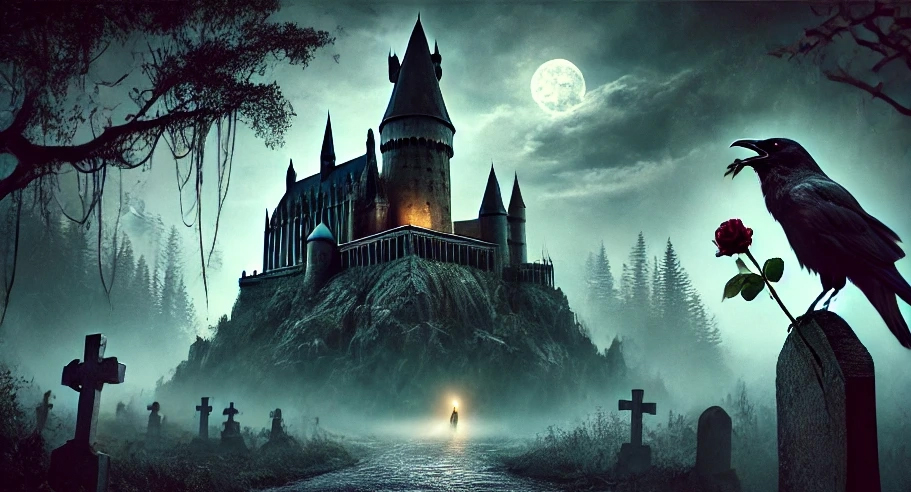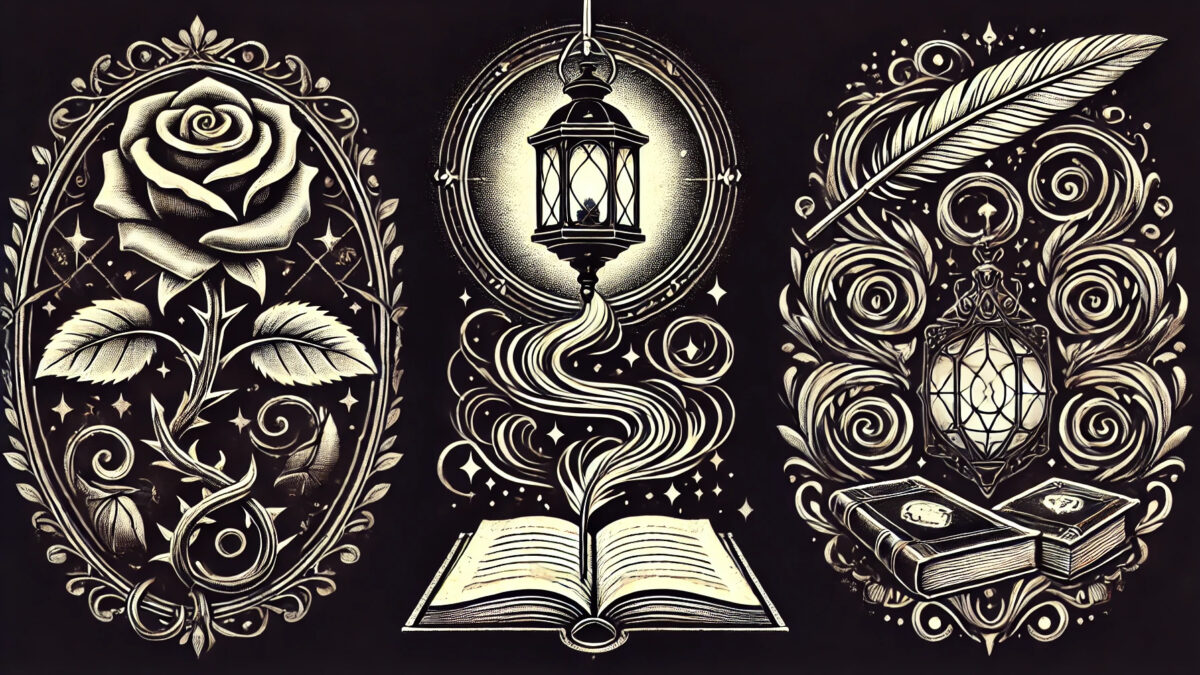

Gothic literature has this uncanny way of lodging itself into our imaginations, like a shadow that never quite disappears. It’s the eerie atmosphere, shadowy characters, and haunted settings that keep us hooked. So, what’s the deal with its enduring popularity? Why do these themes keep turning up in our stories?
Gothic writing thrives on mystery, horror, and the supernatural. These elements sink deep into our psyche, making us question what’s lurking in the dark. The unknown is what we all secretly fear and, yet, can’t resist exploring. This genre isn’t just about giving us temporary spine chills; it’s about digging into our deepest anxieties.
From a psychological angle, Gothic themes resonate with our inner fears. They peel back the layers of our minds, inviting us to confront things we’d rather keep hidden. There’s something cathartic about walking through these shadowy worlds, kind of like when a horror movie helps us face the fear of the unknown, but from the safety of our comfy couch.
Historically, Gothic stories reflect the cultural anxieties of their times. Take the 18th-century when Gothic literature first emerged—society was grappling with changes, and these tales of terror mirrored those collective fears. We’re drawn to Gothic stories because they mirror our world, just with more ghosts and creaky attics.
Crafting Atmosphere: Bringing Gothic Elements to Life

Creating the right atmosphere in a gothic story is like painting with shadows and whispers. The trick is in using descriptive language to make your scenes come alive with tension and unease. Think about fog rolling over a moor or the distant hoot of an owl on a chilly night. It’s all about setting the mood and letting readers feel that chill creeping up their spine.
Symbolism and metaphors are your best friends when building gothic landscapes. Imagine a wilted rose on the floor of an abandoned chapel, or a solitary crow watching from a gravestone. These images can create vivid scenes that stir emotions without saying too much outright. It’s about suggesting rather than showing, leaving just enough to the imagination.
Suspense is at the heart of any good gothic story, and it hinges on the slow reveal of mysteries. Drop hints gently and let secrets unfold, keeping your readers on edge and hungry for more. Whether it’s an unopened letter or a locked door, these elements add layers to your story that keep people guessing.
When it comes to characters, aim for complexity. Gothic figures often wrestle with inner demons, haunted pasts, or mysterious destinies. Develop characters that are more than just their circumstances—showing their depth is key to making them relatable. Readers love uncovering the twisted paths that lead to a character’s torment.
Diving Into Dark Inspiration: Unique Gothic Writing Prompts

Unlocking creativity can sometimes start with a little nudge, and when it comes to gothic writing, prompts can be just the spark you need. These are designed to push you toward the eerie and unexplored, helping you find new stories hidden in the shadows.
Imagine an ancient, abandoned castle where every full moon, a ghostly ball is said to take place. The whispers of past guests still linger, wanting their stories told. What happens when a new visitor stumbles upon this spectral soiree?
Consider a family burdened by a secret curse, passed down through generations. The oldest child must face the looming darkness to uncover and break this century-old mystery. What sacrifices will they make to free themselves?
If you’re in the mood for poetry, think about writing from the perspective of a statue in a graveyard. How does time affect its thoughts or feelings? What does it yearn for as it watches over the silent grounds?
Setting plays a huge part in gothic tales, and a mesmerizing prompt could be a fog-filled forest where time seems to flow differently. Strange creatures wander the paths, and lost memories cling to every tree. What truths might a traveler uncover when braving this otherworldly expanse?
These prompts are just starting points to get your mind working and your pen moving. They’re meant to ignite your creative spark and let your imagination roam freely across the gothic landscape.
Tips and Tricks for Writing Riveting Gothic Tales

Merging modern storytelling with classic gothic vibes can be a game-changer. Don’t shy away from giving those traditional themes a twist to make them more relatable. Mixing contemporary elements like tech or modern settings with timeless gothic tropes can breathe new life into your writing.
When crafting narratives, getting the balance right between dialogue and description is key. Use dialogue to reveal character elements and advance the plot, but let descriptions carry the weight of the atmosphere. It’s all about letting readers feel the scene as much as they can hear it.
Pacing in gothic stories is crucial, and it’s all about keeping that tension taut. Reveal just enough to keep readers hooked, but leave some questions unanswered to stir curiosity. Think of it like an intricate dance where you lead readers carefully through each suspenseful turn.
Feedback is often underrated but incredibly valuable. Workshopping your stories can open up new perspectives and highlight aspects you might have missed. Sharing your tales with a community of readers can also help fine-tune those gothic elements to hit just the right notes.




